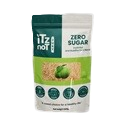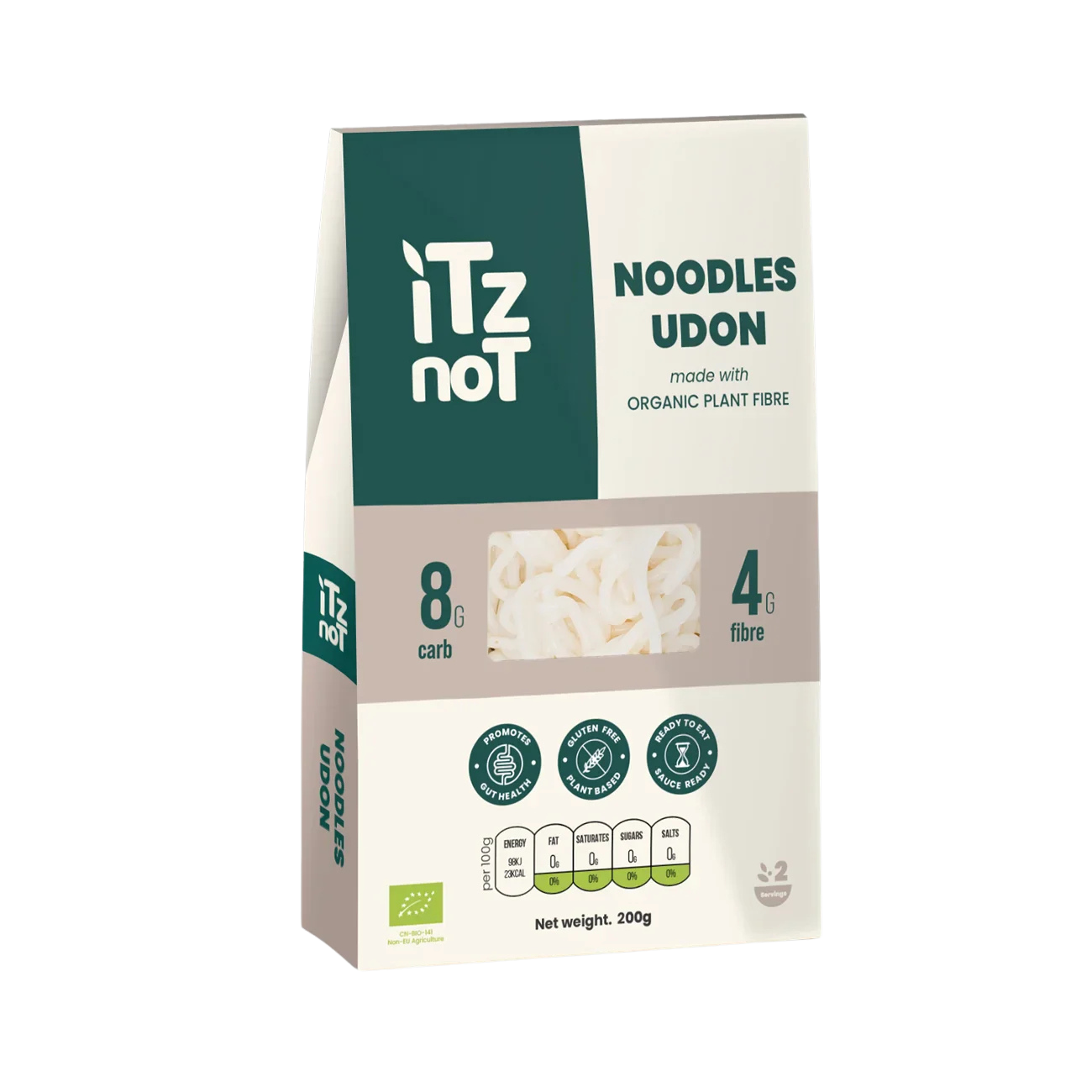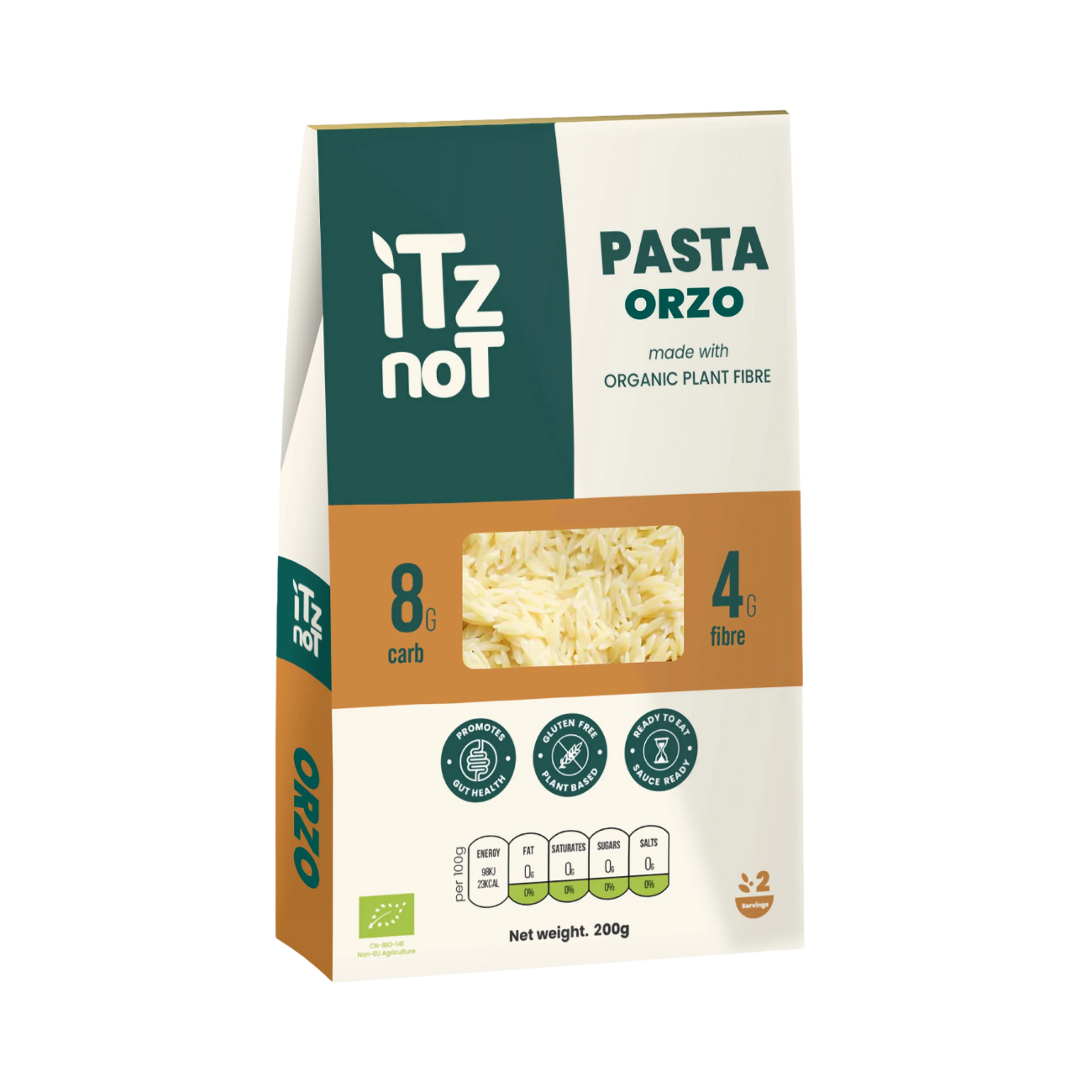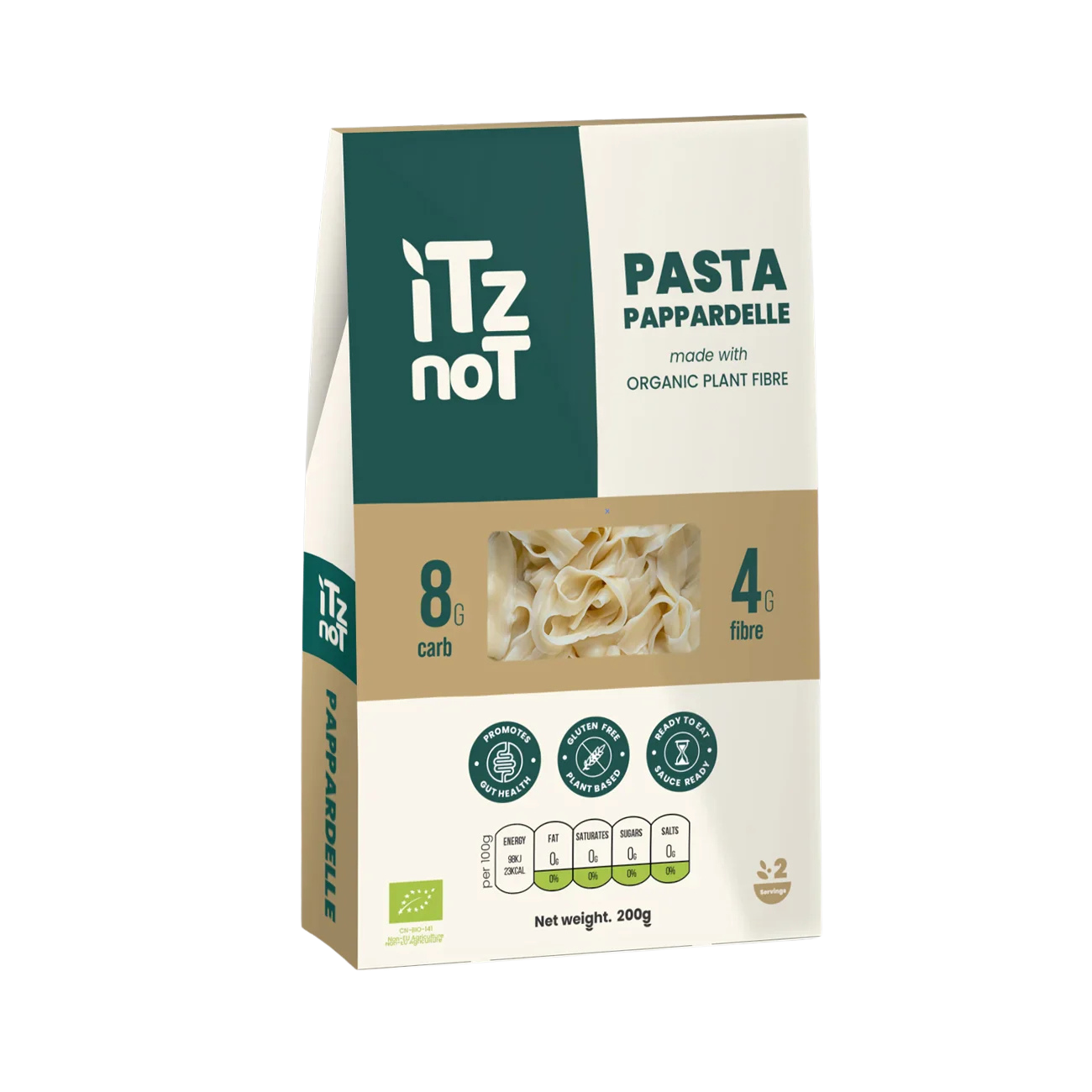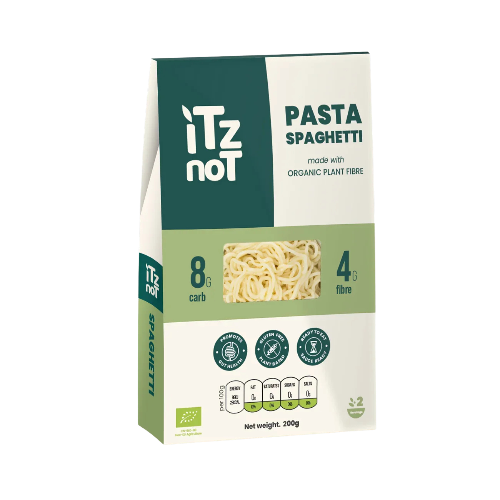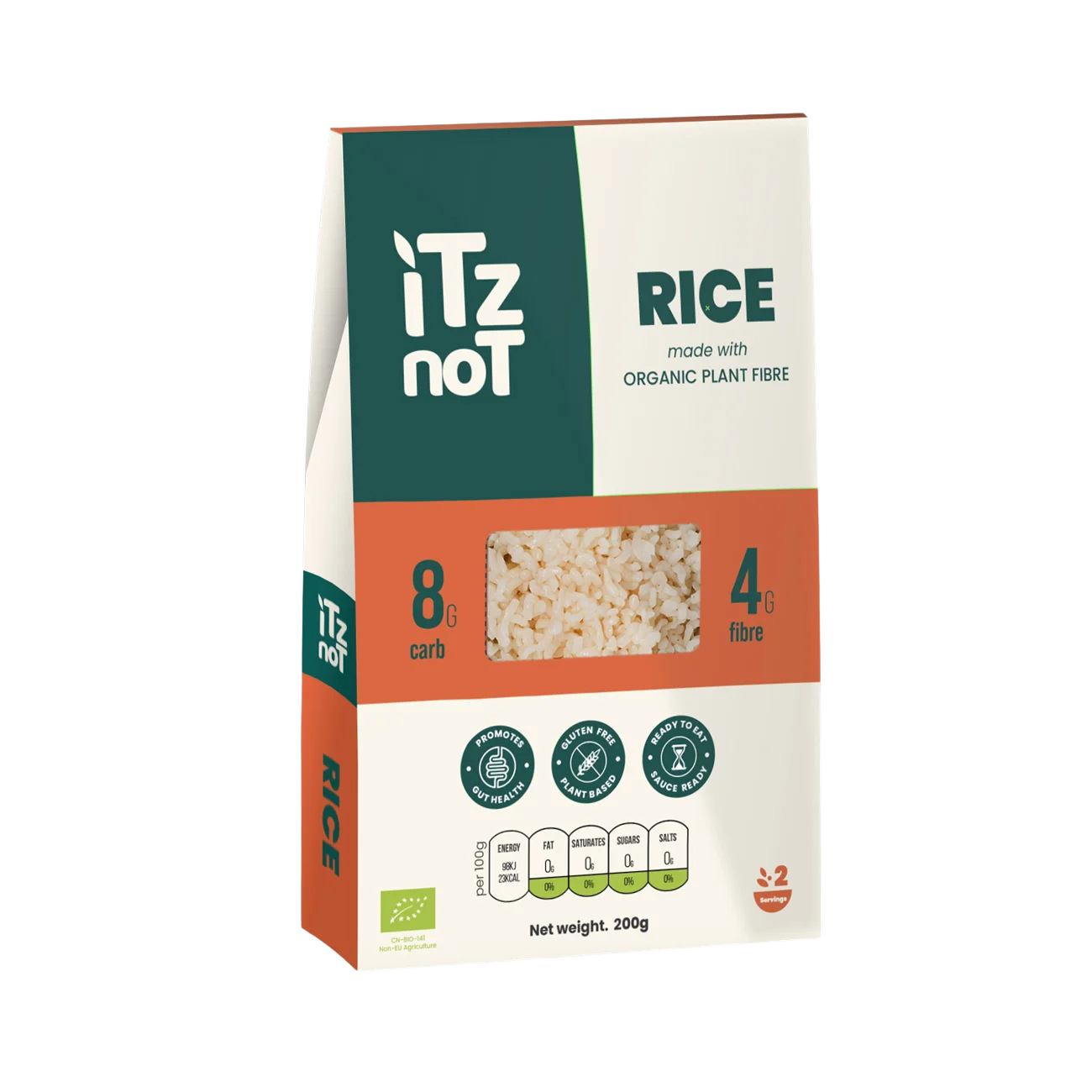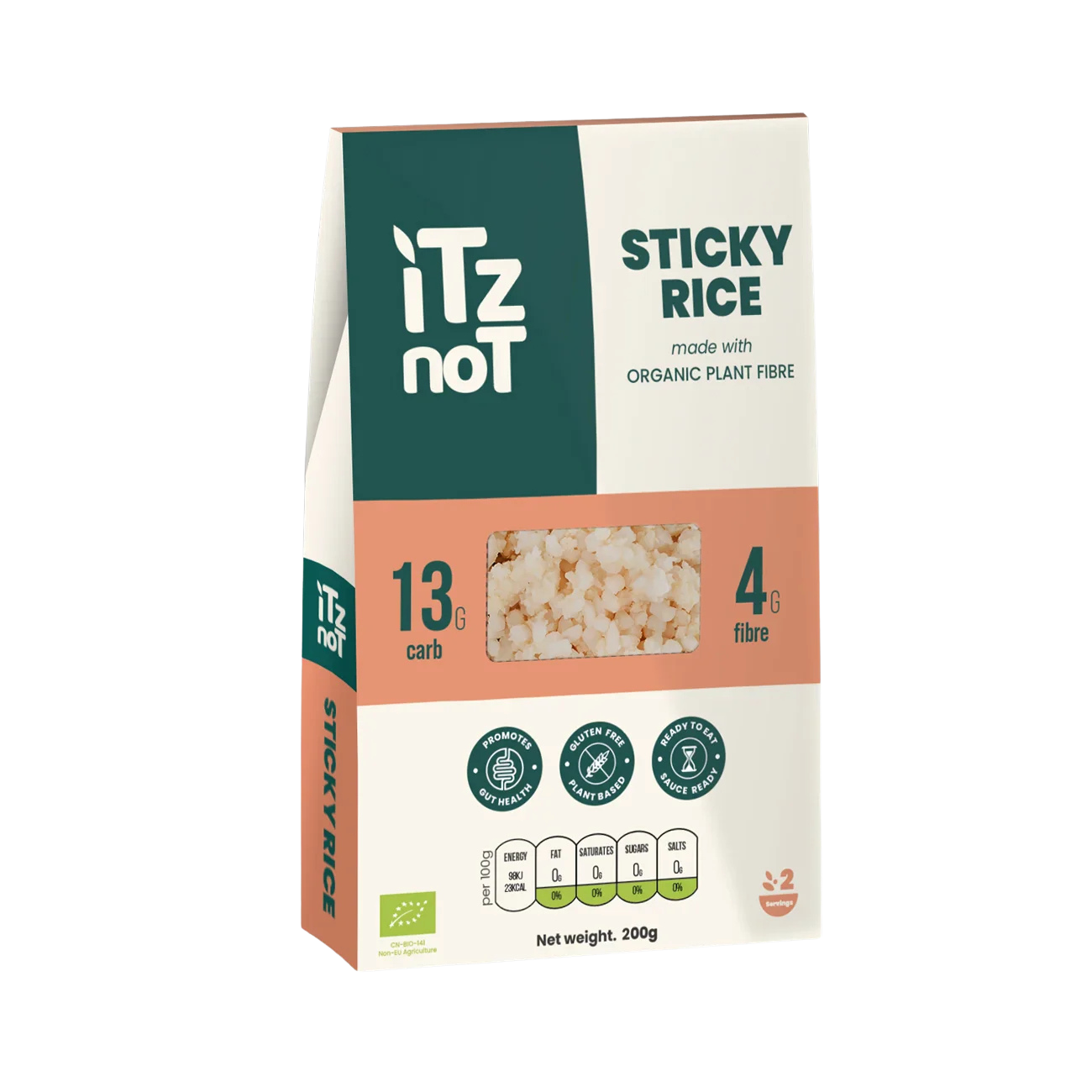
Strength Training Over 50: Building Muscle and Confidence

Strength Training Over 50: Building Muscle and Confidence
As we age, our bodies undergo natural changes, including a decline in muscle mass and strength. This process, known as sarcopenia, can lead to decreased mobility, balance issues, and a higher risk of falls. Strength training is a powerful tool to combat these age-related changes and improve overall quality of life.
The Benefits of Strength Training for Seniors
- Increased Strength and Endurance: Regular strength training helps maintain and even increase muscle mass, making everyday activities easier.
- Improved Balance and Stability: Stronger muscles contribute to better balance and reduce the risk of falls.
- Bone Health: Weight-bearing exercises help prevent osteoporosis and maintain bone density.
- Confidence Boost: Feeling stronger and more capable can significantly improve self-esteem and overall well-being.
- Chronic Disease Management: Strength training can help manage conditions like diabetes, heart disease, and arthritis.
Getting Started: Beginner-Friendly Strength Training Routines
It's never too late to start strength training. Here are some beginner-friendly exercises to get you started:
- Bodyweight Exercises: These exercises use your own body weight as resistance and are a great starting point. Examples include squats, lunges, push-ups (modified versions available), and planks.
- Resistance Bands: These versatile tools offer adjustable resistance and are suitable for various exercises.
- Light Weights: Small dumbbells or resistance bands can be used for targeted muscle groups.
Remember to consult your doctor before starting any new exercise program, especially if you have underlying health conditions.
Creating a Strength Training Routine
- Frequency: Aim for 2-3 strength training sessions per week.
- Variety: Incorporate exercises that target different muscle groups to prevent plateaus.
- Progression: Gradually increase the weight or resistance as you get stronger.
- Form: Proper form is essential to prevent injuries. Consider working with a trainer or watching instructional videos.
- Warm-up: Start with light cardio or dynamic stretches to prepare your body.
- Cool-down: End your workout with static stretches to improve flexibility.
Nutrition and Recovery
- Protein Intake: Adequate protein consumption is crucial for muscle growth and repair. Include lean protein sources like chicken, fish, beans, and tofu in your diet.
- Hydration: Stay hydrated to support muscle function and overall health.
- Rest: Allow your muscles time to recover between workouts.
Overcoming Challenges and Staying Motivated
- Find a workout buddy: Exercise with a friend can make it more enjoyable and help you stay accountable.
- Set realistic goals: Start with small, achievable goals and gradually increase the challenge.
- Celebrate successes: Acknowledge your progress and reward yourself for your achievements.
- Listen to your body: Pay attention to your body's signals and rest when needed.
Conclusion
Strength training is a powerful tool for improving the quality of life for seniors. By incorporating it into your routine, you can build muscle, enhance balance, and boost your overall well-being. Remember, it's never too late to start your fitness journey.
















